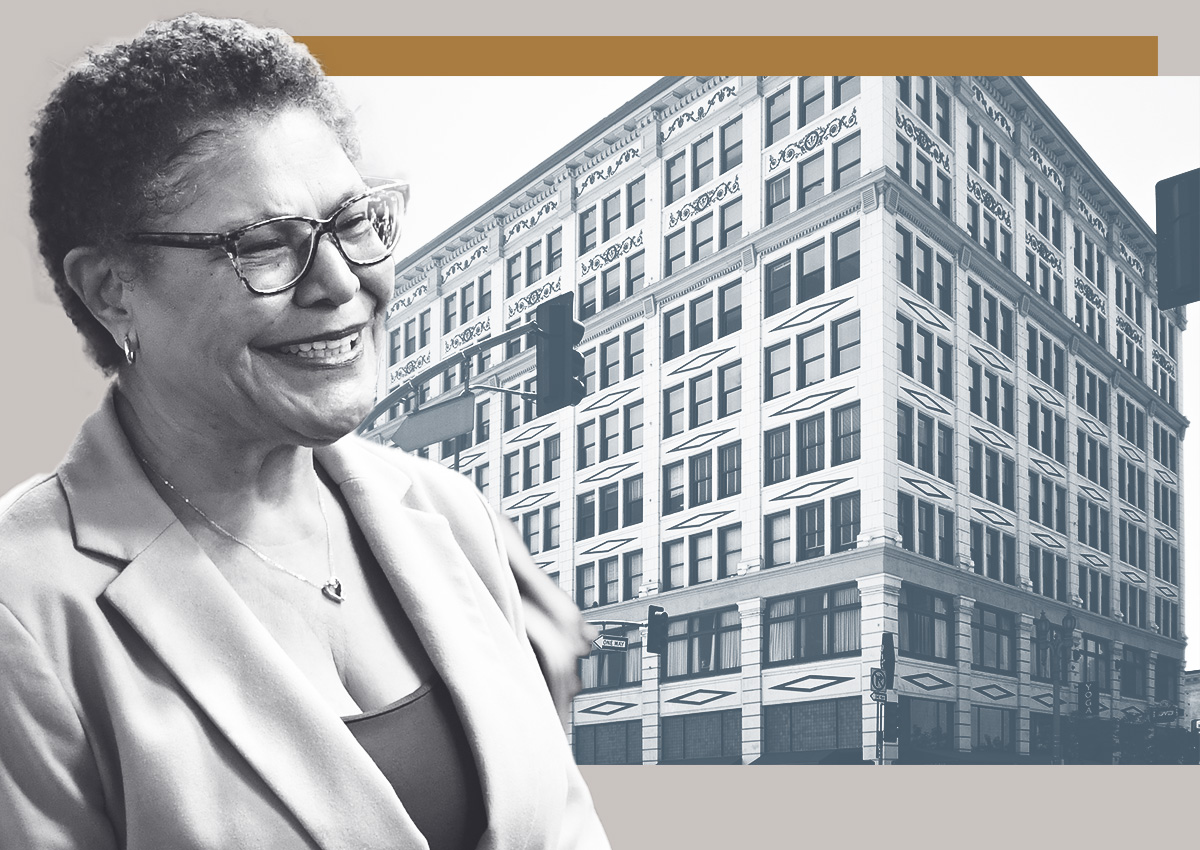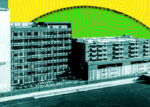Converting thousands of empty offices to homes in L.A.’s beleaguered Downtown at current building prices — forget it.
That was the conclusion of a panel of developers at the Los Angeles Office Conversions Summit hosted by Bisnow in the Hilton Los Angeles Culver City, Bisnow reported.
Los Angeles has a solid track record of converting Downtown office buildings into homes, through adaptive reuse of its century-old towers.
But the current market lacks many of the crucial elements that helped breathe life into the central business district in the early 2000s — which prevents developers from converting the available swath of empty offices into residential lofts.
“Most office buildings don’t have the layouts and windows and systems that make it easy to make the conversion,” MJW Investments President Mark Weinstein told the conference. “Just because you have an empty office building doesn’t mean it’s right for conversion.
“I think it’s really important to be disciplined in buying these buildings because you can really get yourself into a big mess.”
A major factor behind the success of conversions two decades ago was the Mills Act, which offered historic tax credits that translated into hefty property tax breaks and offset costs.
Without more incentives, prices for office buildings need to fall to “pennies on the dollar” to make office-to-home conversions pencil out, said Doug Hayden, president of Canada-based Arthroto Industries.
Weinstein and Eddie Lorin, CEO of Strategic Realty Holdings, based in Calabasas, agreed.
“Understand that there aren’t going to be 10 bidders [for these buildings],” Lorin told the crowd. “You’re gonna have to beg someone, even if the economics work, to step up and do this work.”
Converting buildings designed for buttoned-up office workers into homes designed for after-work dinners can be daunting.
Changing the use of a building often means uncovering the mystery of what’s behind the walls. Outdated plans and blueprints hide problems that can evade 3D scans — and discovered only after a deal has closed and the walls dismantled, panelists said.
Less hidden, but equally complicated, can be the remaining tenants in these buildings.
There are few totally vacant offices in the city, panelists said. Rather, there are many offices with just enough tenants to pay bills. Those tenants complicate the conversion process as everything has to happen around them.
Often those tenants have spent a lot on their tenant improvements and don’t want to leave their offices. So conversion construction has to work around them, creating a game of Tetris.
Despite the pessimistic outlook panelists had for conversion prospects, some had active projects or were exploring prospective reuse deals, and only one seemed to rule out the prospect of doing another one.
“I’m not sure I want to do it again. I didn’t have gray hair when I started doing it,” said Weinstein, whose Santa Monica-based MJW conducted the Santee Village conversion in the Fashion District, but now mostly revamps apartments for student housing or buys newer apartment properties.
“If the building’s right and you can get it done right, it’s great,” he said. “But if it ends up going in a different direction, the opportunity costs of what you spend your time on versus other investments you could be doing sometimes aren’t worth it.”
— Dana Bartholomew
Read more
The post Developers take dour view of DTLA office-to-home conversions appeared first on The Real Deal.
Powered by WPeMatico


